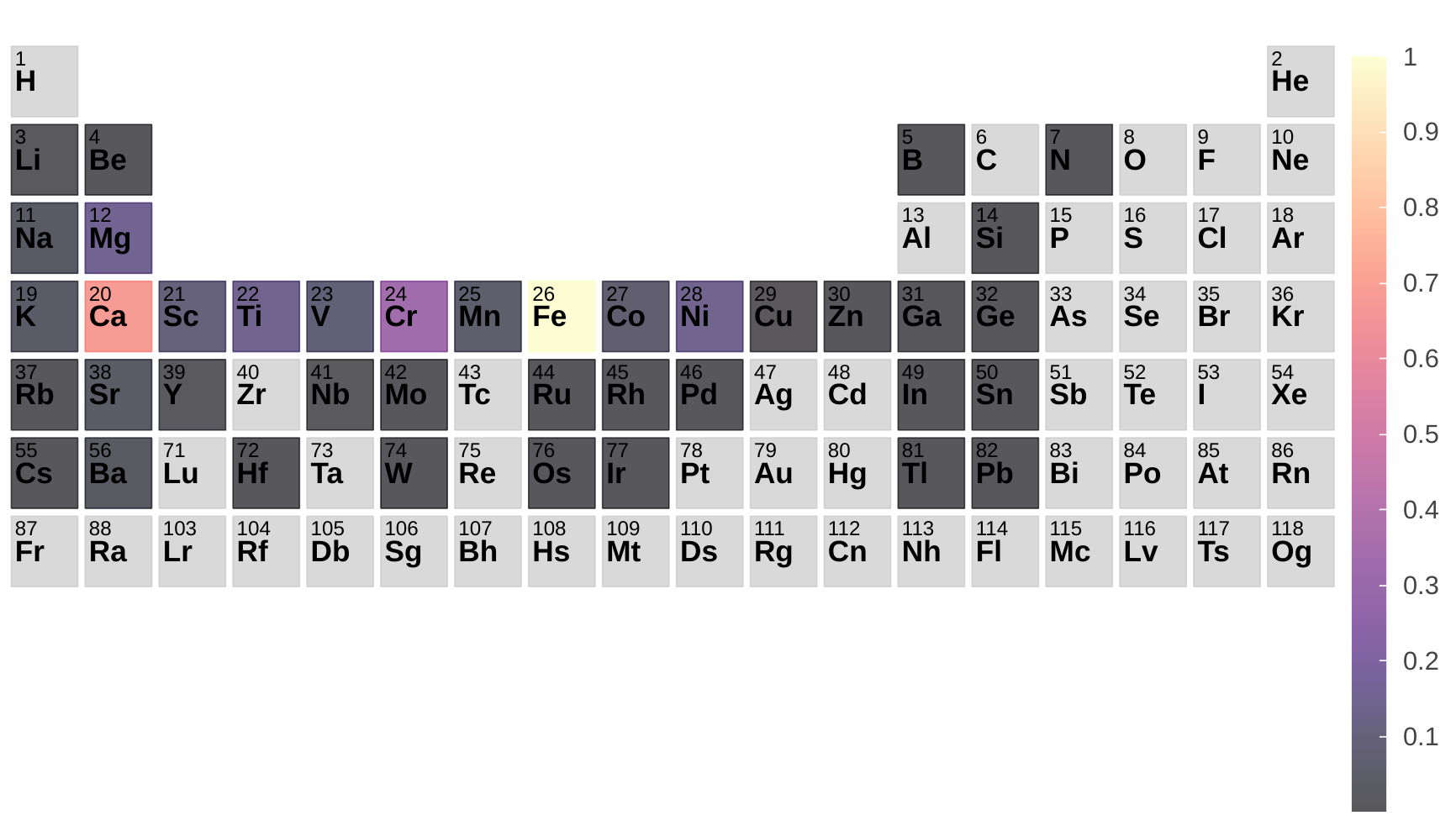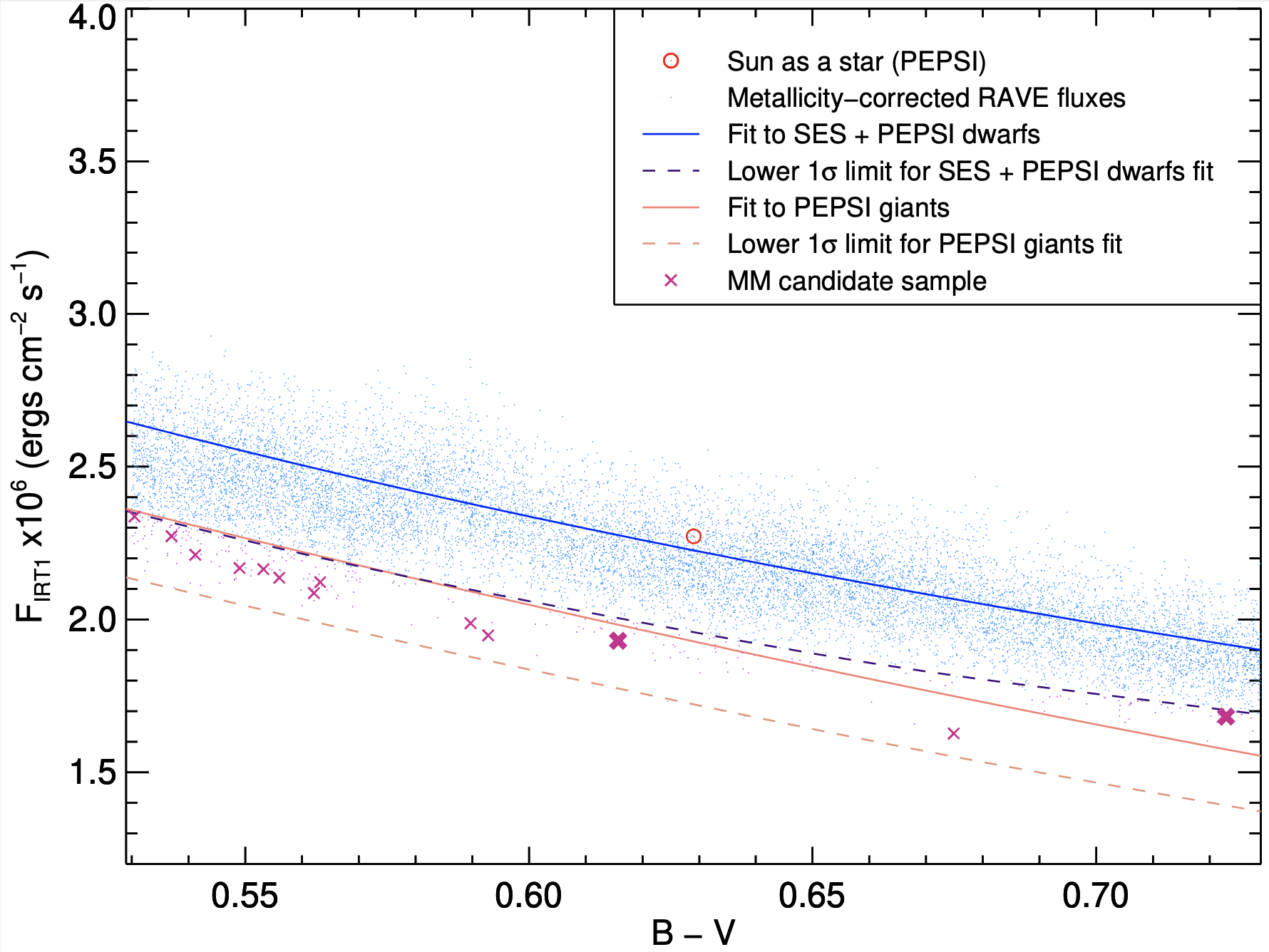We present quantitative surface-activity information for a sequence of 21 Hyades dwarf stars with effective temperatures all cooler than the red edge of the lithium dip and Rossby (Ro) numbers between 0.14 to 0.54 with respect to the Sun (Ro(Sun)=1). High-resolution high-S/N PEPSI Stokes-IV spectra and least-squares deconvolution of thousands of spectral lines per spectrum are employed for measuring surface magnetic fields, rotational velocities, lithium abundances, and chromospheric CaII IRT fluxes. Lithium abundances A(Li) range from 95 times solar on the warm end of the sample to 1/25 solar on the cool end. We confirm the tight relation with T(eff) and extent it to K-M stars. A formal relation with rotational period and velocity in the sense higher A(Li) for faster rotators is present. Targets rotating faster than vsini of 6 km/s appear Li saturated. CaII IRT fluxes also show a relation with T(eff), P(rot) and vsini, but opposite to A(Li), in an inverse sense with higher radiative losses for the slower=cooler rotators. Disk-integrated, unsigned, magnetic-field strengths of 15.4±3.6(rms)G are measured for targets warmer than 5000K and 91±61(rms)G for targets cooler than this. These field strengths relate to P(rot), vsini, and Ro, but in a bi-modal fashion. We conclude that the Rossby-number dependency of the surface activity tracers on our Hyades dwarf sequence primarily originates from convective motions, expressed by its turnover time, and only to a smaller and sometimes inverse extent from surface rotation and its related extra mixing.

Read more: Strassmeier et al. 2025, A&A, in press; e-print arXiv:2510.21456









